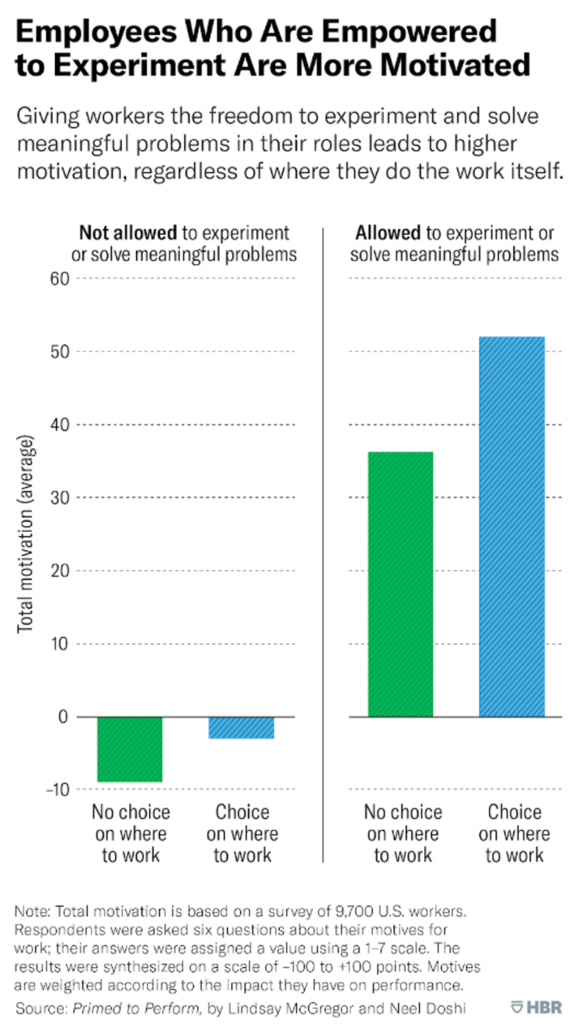Throughout the pandemic, I had a little (read: a lot of) extra time on my hands. After doing the math, I counted that I was on 100 flights to various stages in 2019. Then, in 2020 nearly everything disappeared overnight and the phone stopped ringing. So, after doing some math, I estimated that I had 800 extra hours (travel, tech check, security, etc. that weren’t there anymore) to invest in… something. I decided I wanted to work on building a skill or working on a new craft.
So while it perhaps should have been my second book, I chose to improve at the game of golf. I hoped that would take my mind off of things but for those that know the game of golf, you likely would have told me to try something else.
After watching a few hours of videos, I decided it was time to hit the driving range. After a few swings, I adjusted my stance, grip, takeaway, and how far my backswing was – I changed almost everything on my first outing.
After several of these self-coaching sessions, it seemed as though I was somehow getting worse- not better. Finally, it became clear that I needed to call in a pro.
During my first lesson, my coach told me something that surprised me: I was trying to change too much at once.
Instead of swinging freely, my mind was in hyper-drive, overthinking the list of changes I needed to make- which resulted in some pretty bad swings.
Instead, I was told to choose one small thing and make one change at a time. So I made a plan: on day one, I would change how I gripped the club. Next, I would change the golf ball’s positioning between my feet on day two. Day three was the takeaway to start the backswing (you get the picture).
Want to guess what happened?
I got better. Much better.
The Long Way is Often the Shortcut
While I’m still no Tiger Woods, I did learn that small changes made a big difference. But, on the other hand, doing too many things often results in a long journey to ‘better’ or ‘next.’ In other words, the long way is often the shortcut.
The Harvard Business Review recently released an article discussing the results of an Infosys study. In this study, they examined 1,000 global corporate leaders in an attempt to gain insight into how they were able to help their people adjust to a new environment (I.E., much of the change brought about by the early stages of the pandemic). They found that a consistent series of slight modifications produced success. They wrote, “a persistent set of small, orchestrated changes is the best approach to drive large and lasting change at an organization.”
In work I’ve done with companies worldwide, I’ve found a consistent theme regardless of culture or location: the practice of making small changes and piloting new ideas is the foundation for sustainable innovation and growth. Moreover, when we focus on making what I like to call one-degree shifts, there is less resistance to change and more opportunity for people to be involved. After all, the two things we know that people hate are change and the way things are. (please slowly read that last line again and let it sink in)
With the opportunity to make one-degree shifts, team members are encouraged to experiment when we are trusted to try new things; motivation skyrockets because their opinions are being heard, and they feel like they genuinely matter.

Whether golf or business- to start making one-degree shifts, consider asking these questions (that equally apply to a team or professional setting, too)
- What should I (we) start doing?
- What should I (we) stop doing?
- What should I (we) continue doing?
By asking these three questions, we open ourselves up to the inspiration of new ideas, break free from old habits that no longer serve us, and solidify the practices that we’re doing really well.
Let’s go back to golf: I should start taking lessons, stop doing too many things at once, and continue being patient and committed to the long game and improving over time.
Fast forward two years, I’ve found that I’ve dropped about eight strokes from my handicap, and I’m enjoying the game more than I ever have. While the improvement didn’t happen overnight, it continues to occur each day as I’m committed to the process and practice of making one-degree shifts and experimenting with one tiny change at a time.
More posts
Given the Pandemic, There is Currently Something More Important Than Our Company ‘Why’
Over the past months, the pandemic has dominated the headlines. Greta Thunberg and the acute…
Most of us can vividly recall the nervous feeling right before our teachers would take…
More Than Just an Office: The Potential of the Workplace of Today
“I just want things to go back to normal.” Perhaps you have either heard or…



